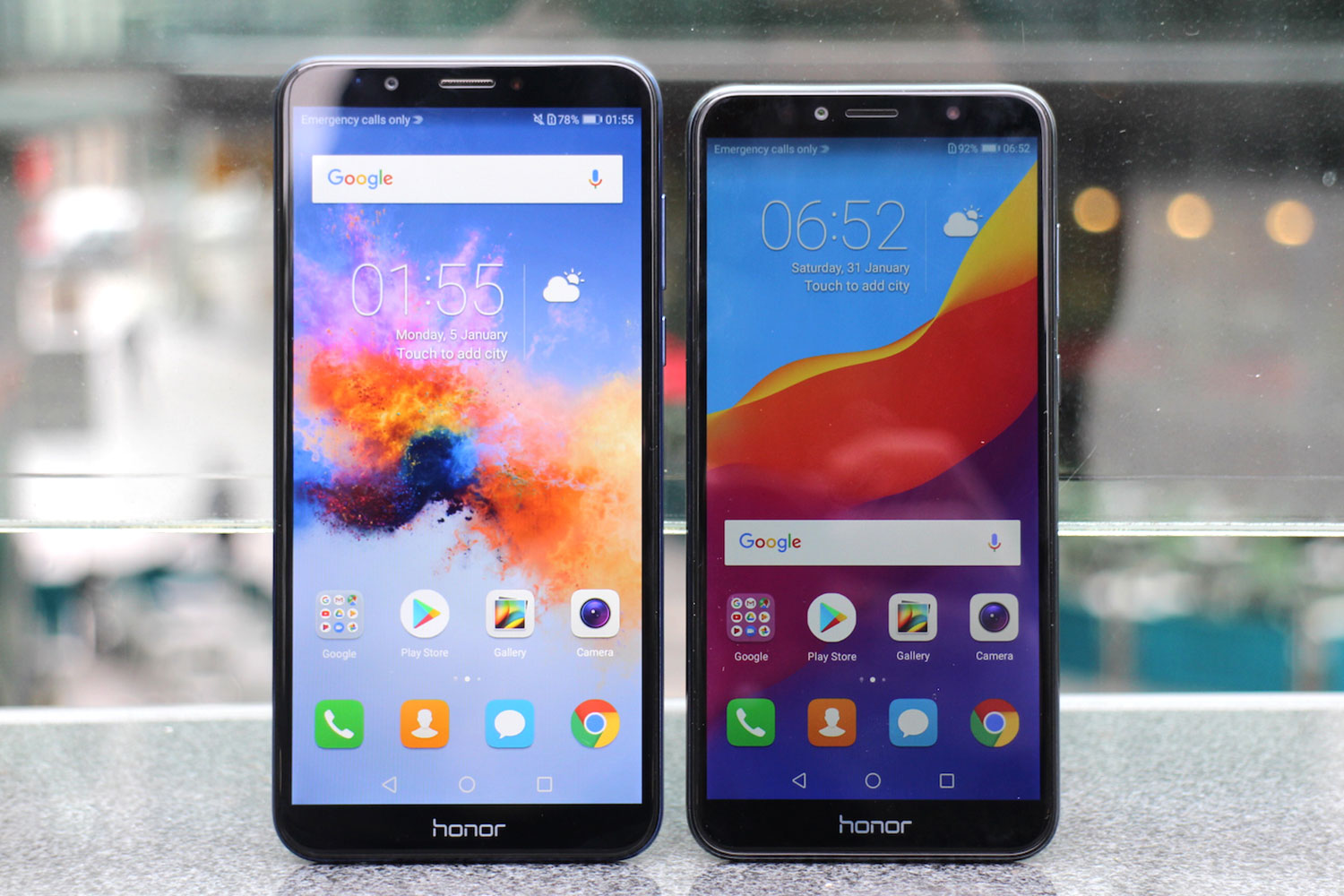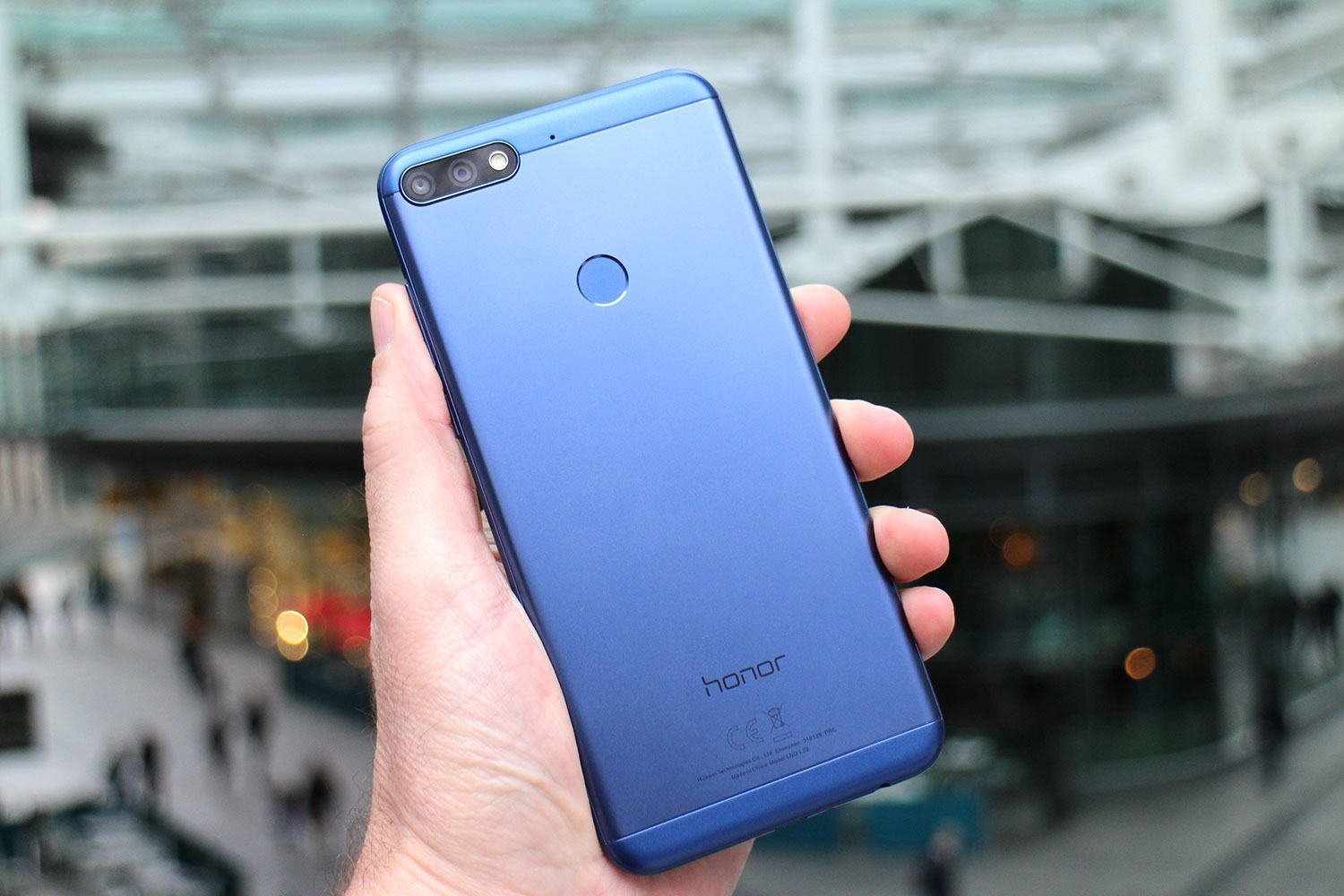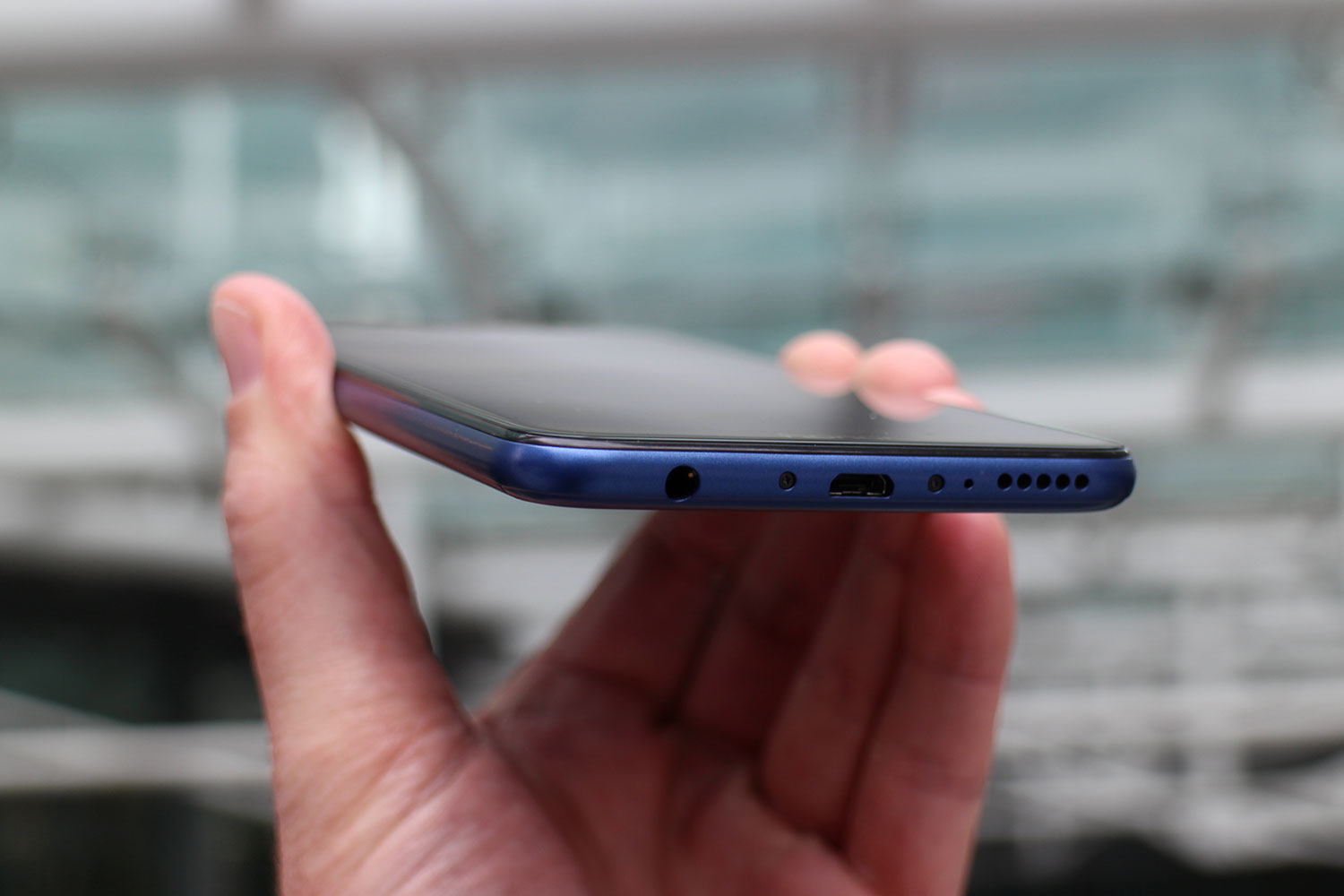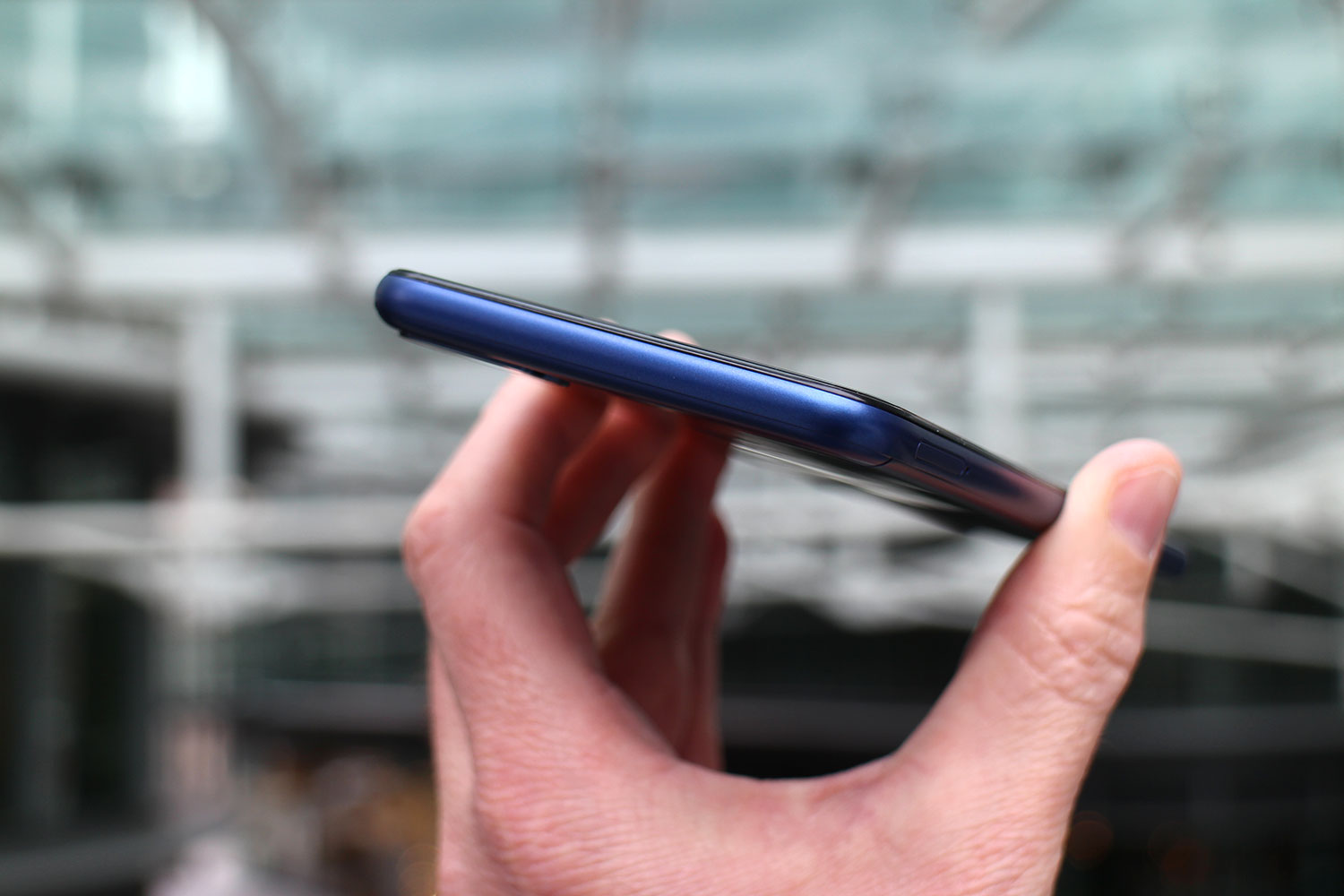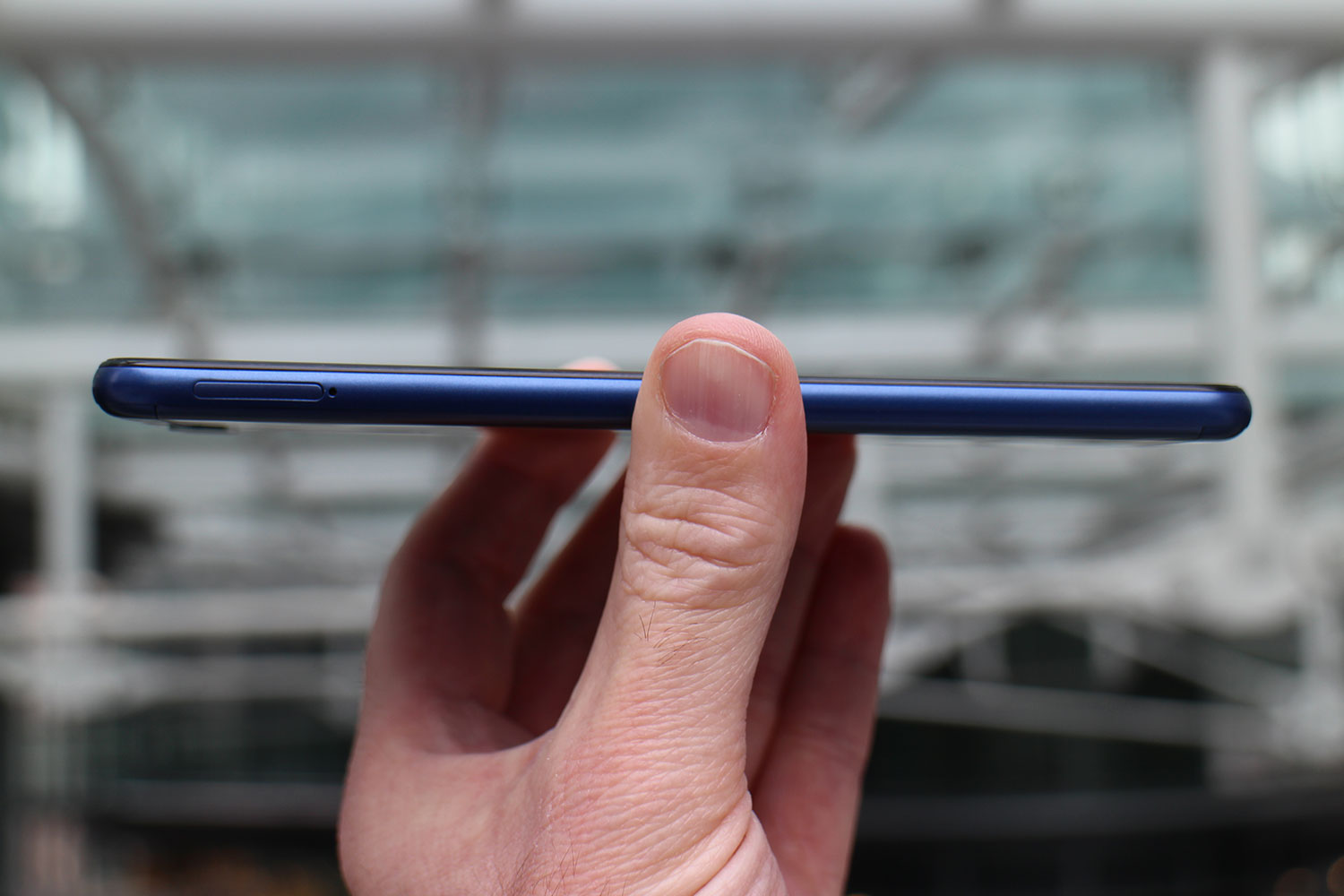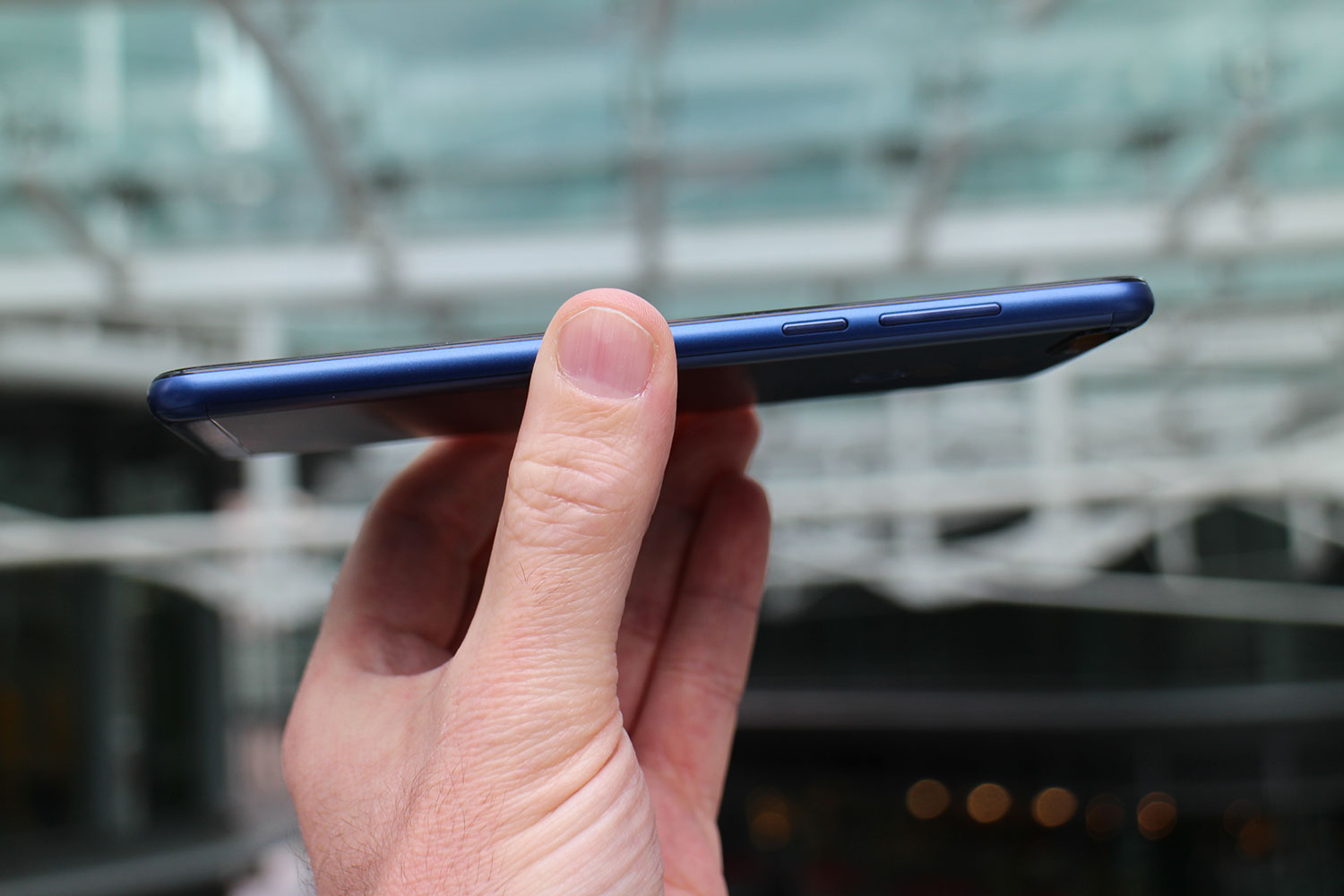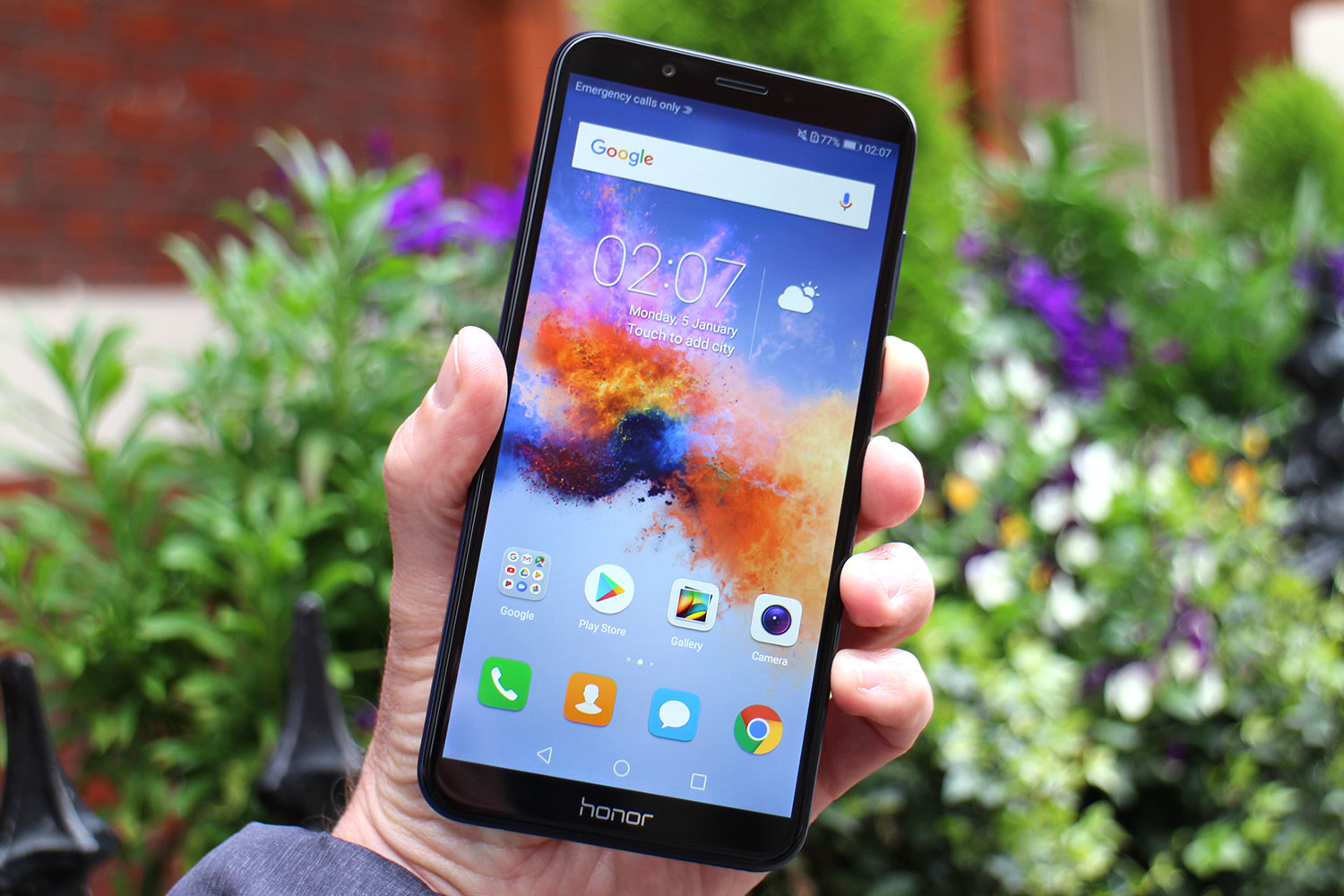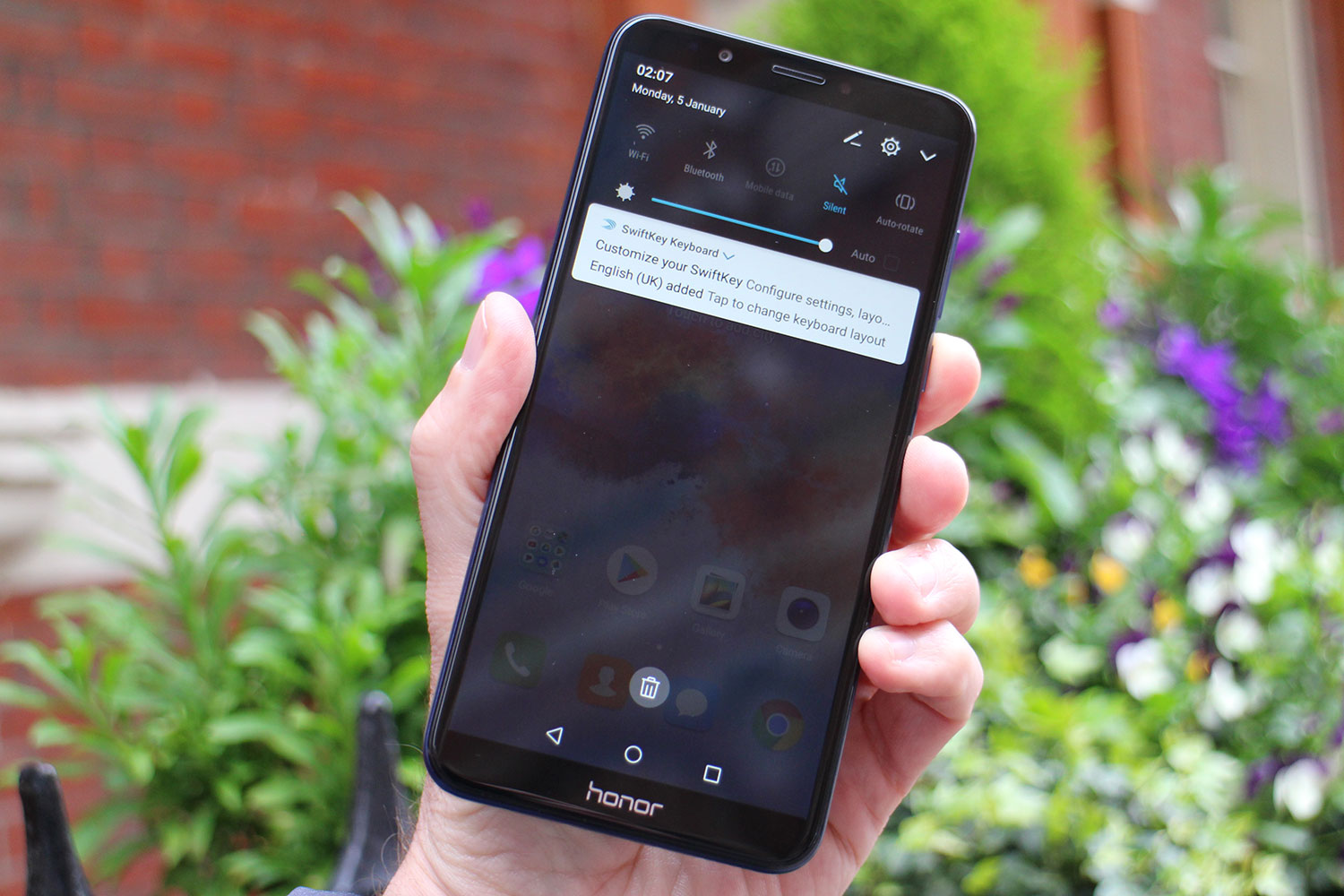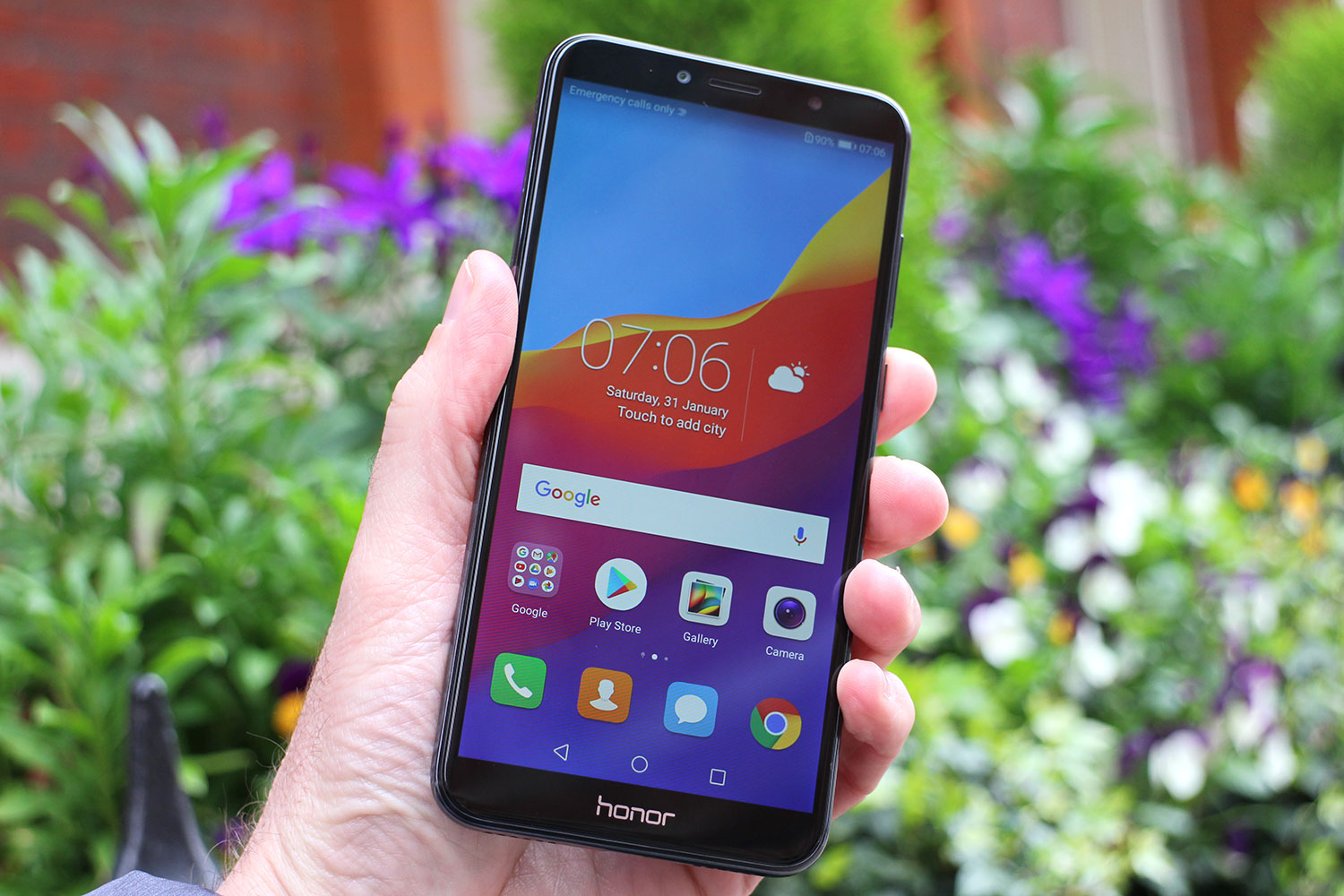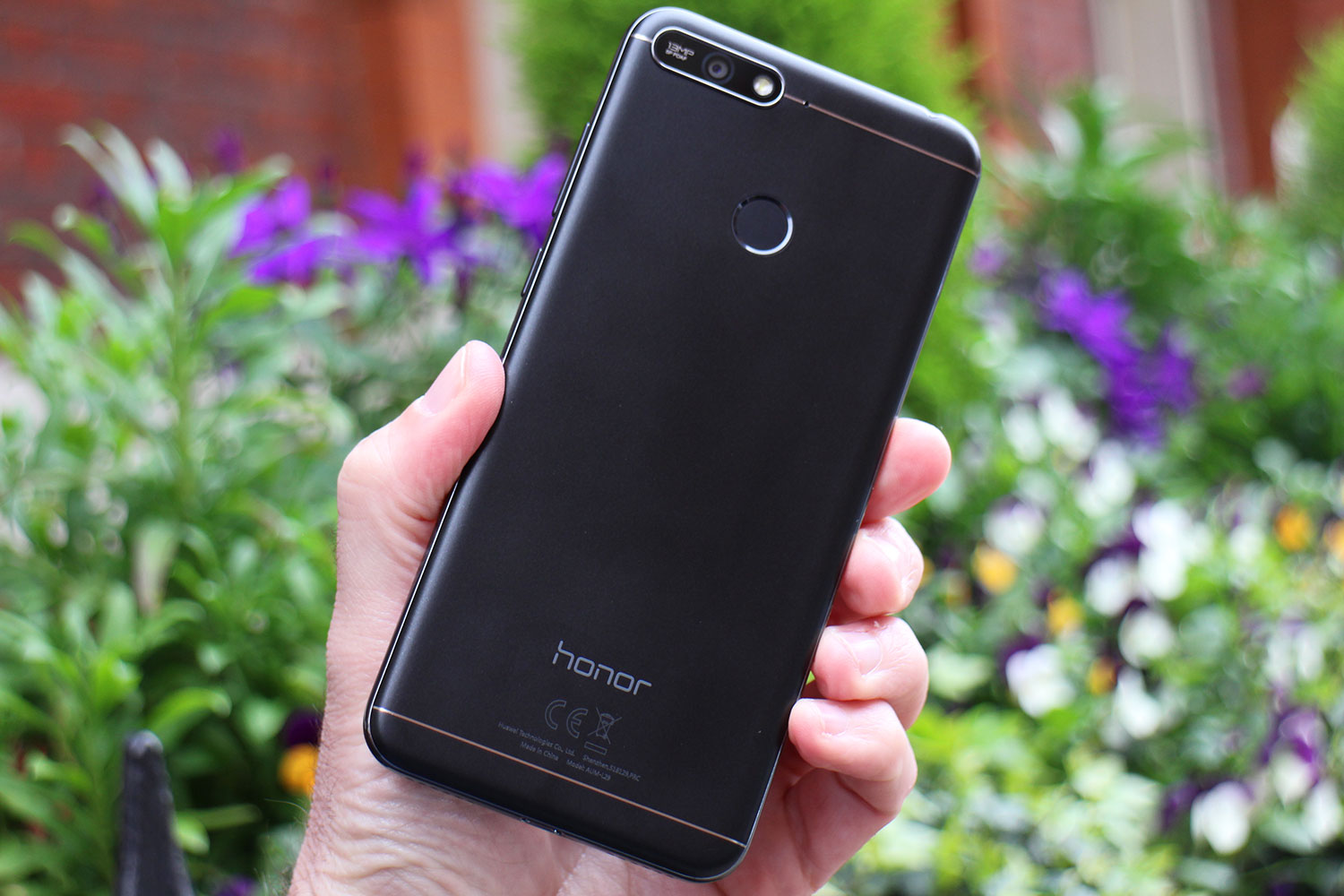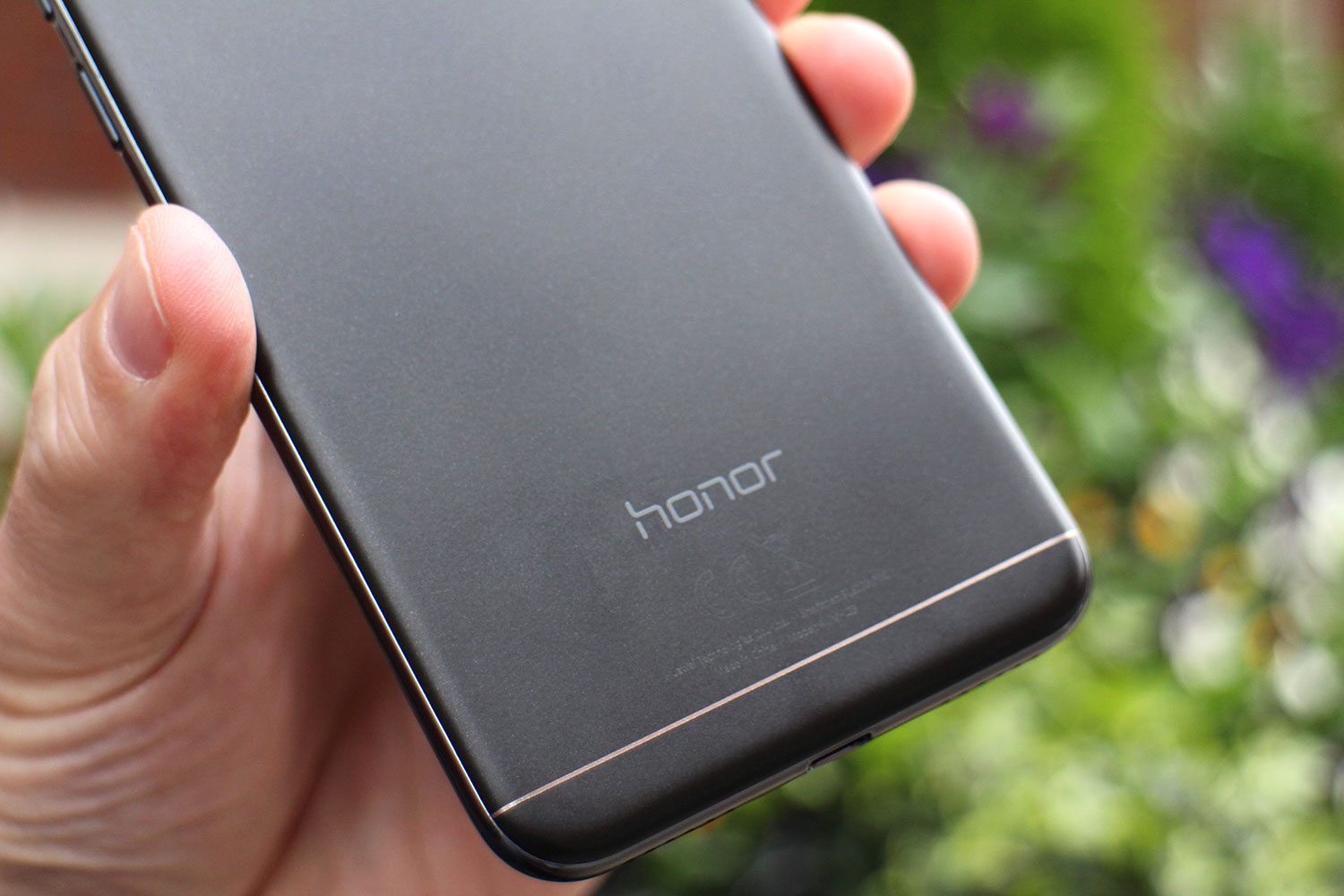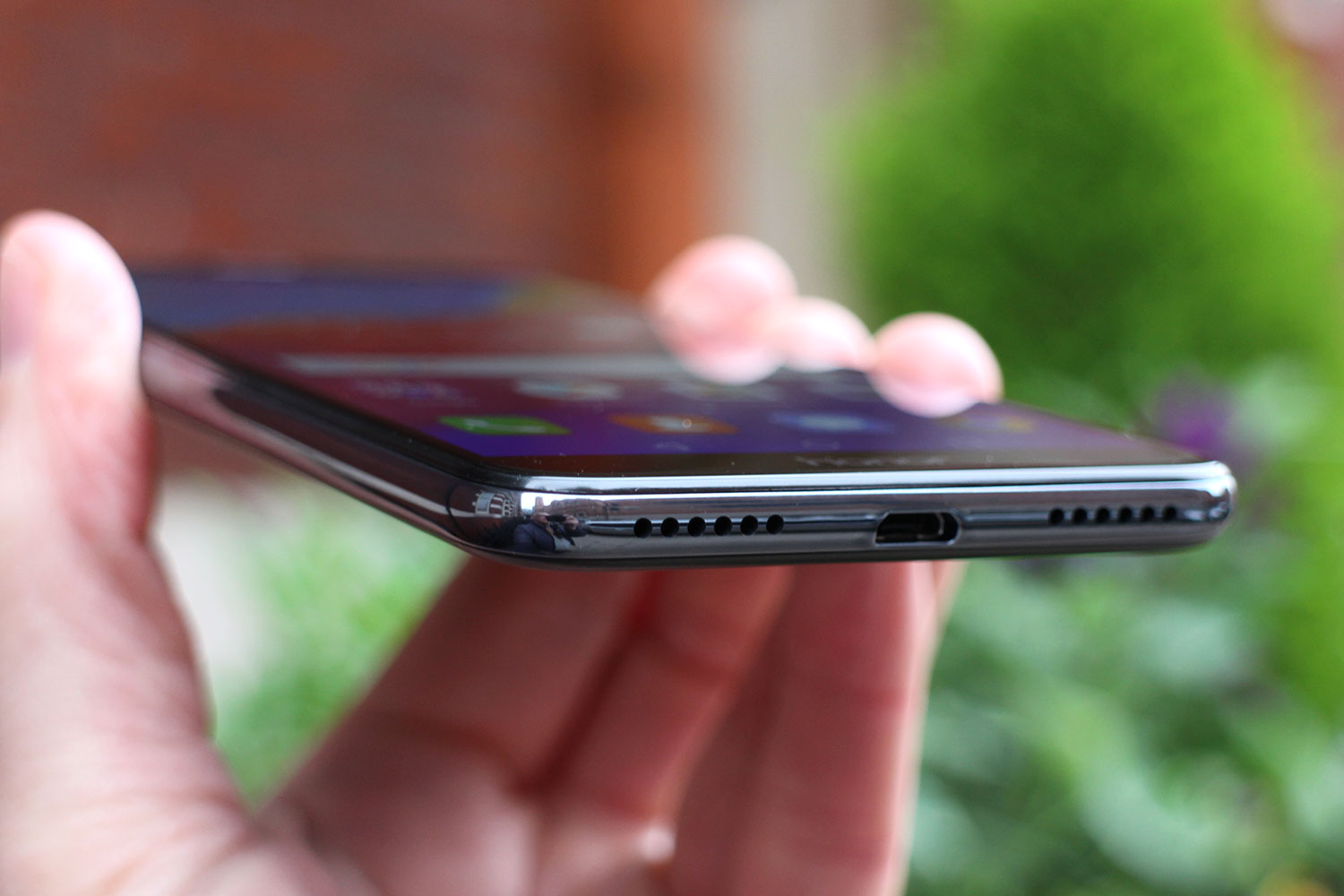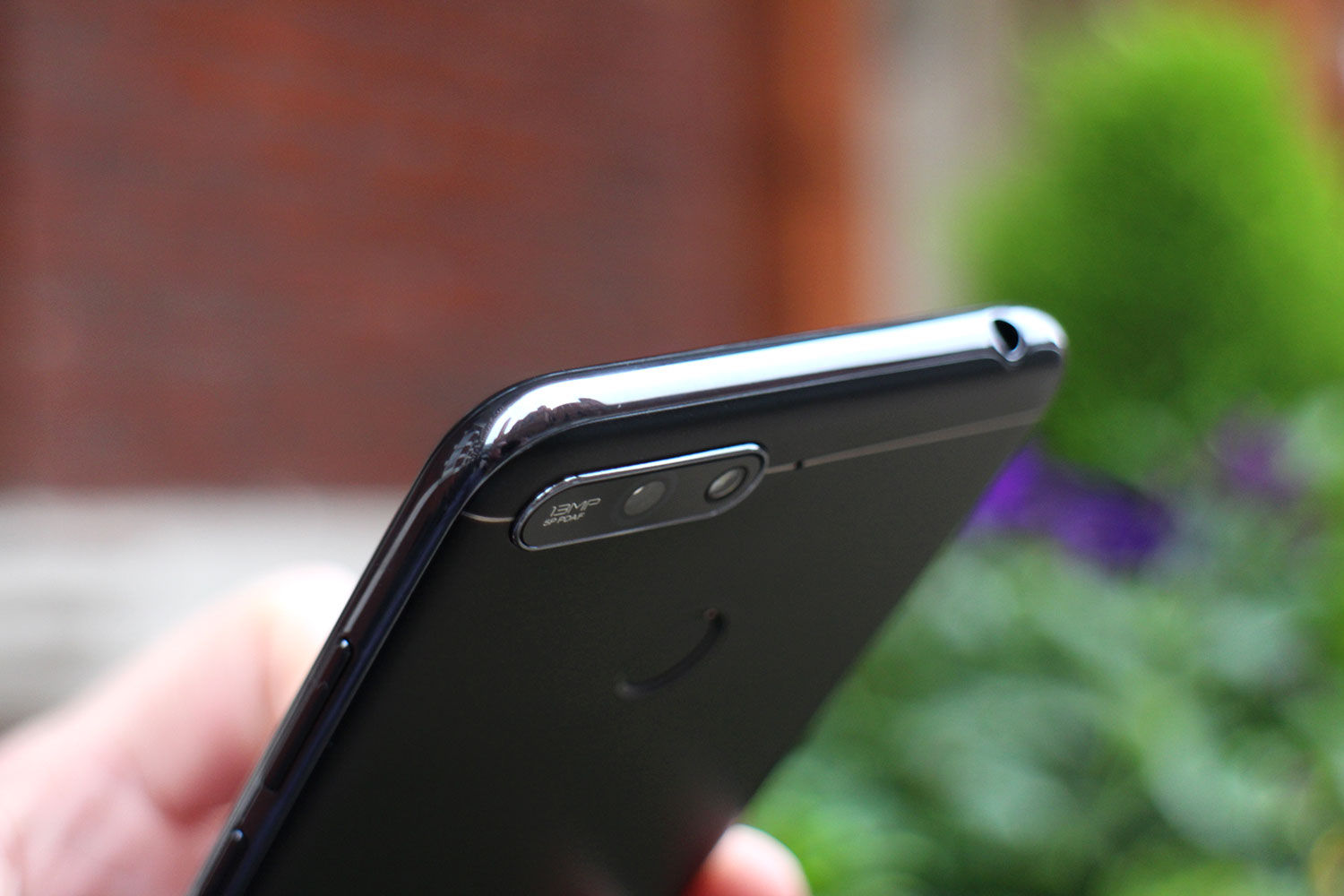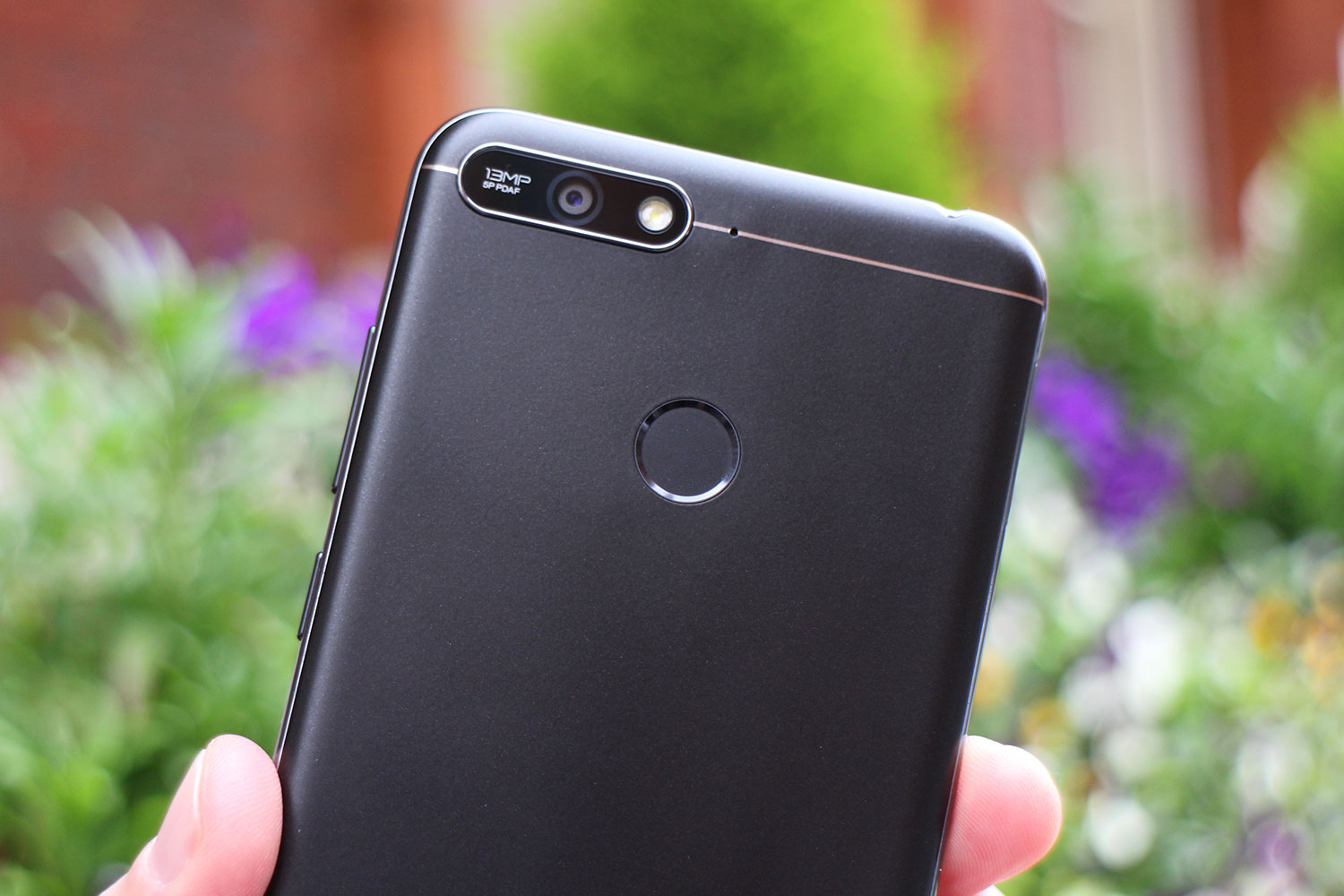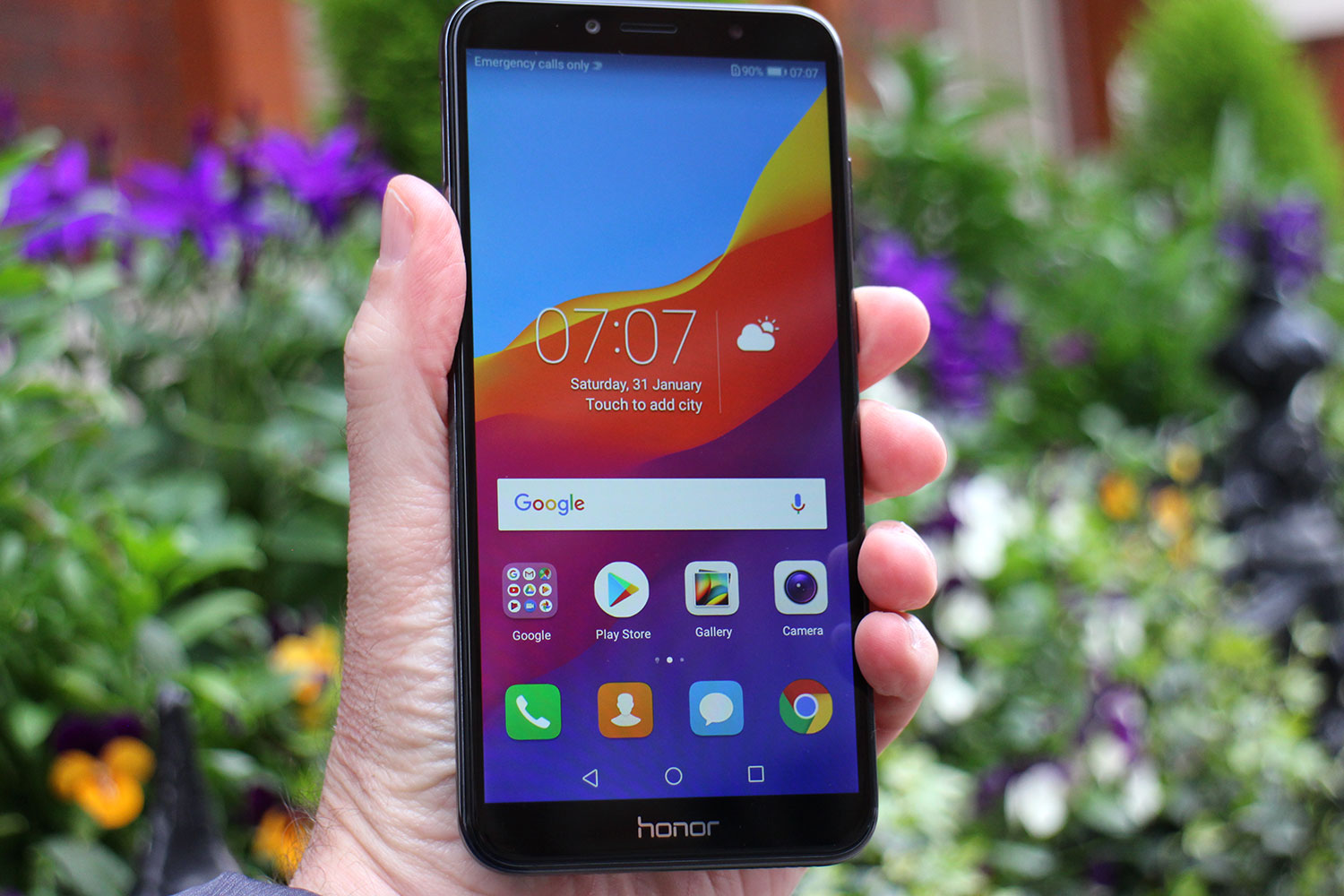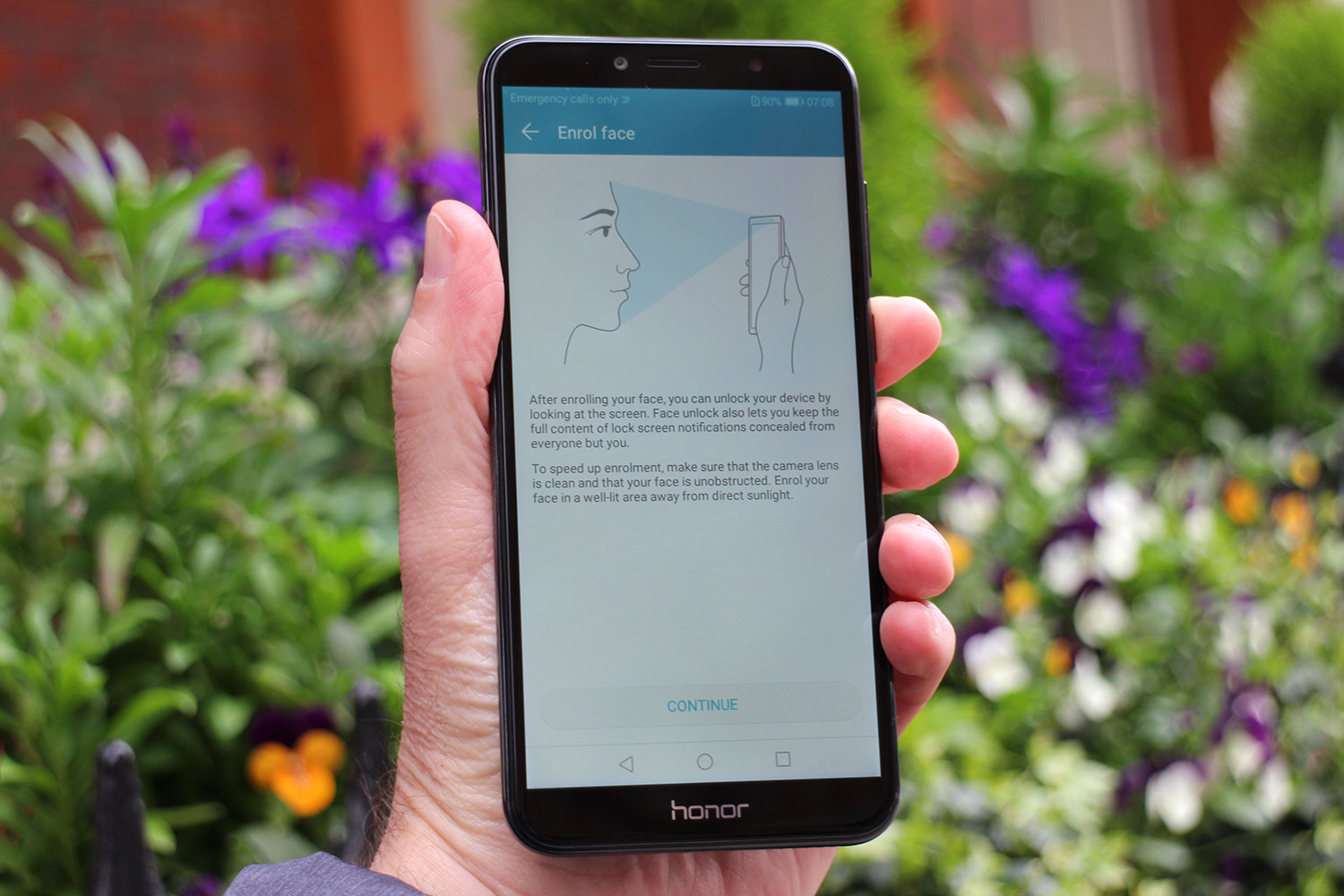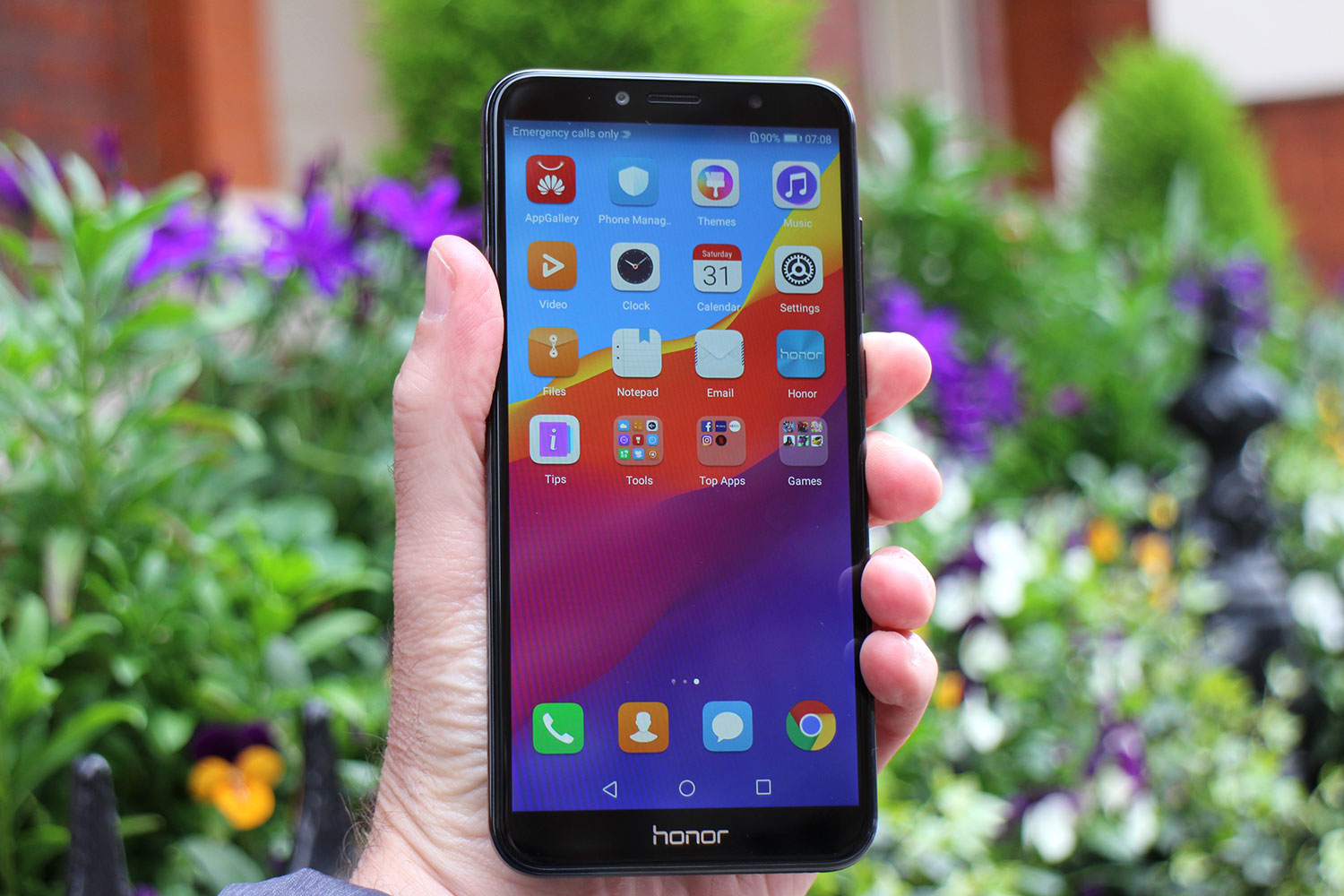Honor loves your face, and wants you to use it at every opportunity, which is why it’s introducing a face unlock feature to its two new, very affordable, smartphones — the Honor 7C and the Honor 7A. If you’re confused by the names, don’t worry, we are too. Honor seems to be making it its mission to use every number and letter available to label its growing range of devices. What you need to know is the Honor 7C and 7A replace the Honor 6C and Honor 6A from 2017, updating the devices with a new design and a smattering of new features.
However, it’s the face unlock that makes the pair really standout, especially at the price. The higher specification Honor 7C is 170 British pounds/$243, and the Honor 7A is 150 British pounds/$213. We got a chance to try out the face unlock on both devices ahead of launch. Because Honor phones use Huawei’s EMUI user interface over Android 8.0, the setup process was familiar and it took less than a minute to register our face. The Honor 7C takes less than a second to unlock the screen, which given the modest processing power, is speedy.

There is a slight difference in unlock time when using your face between the Honor 7C and Honor 7A. It’s also noticeably slower than the 0.5-seconds taken by the Huawei P20 Pro; but only when compared side-by-side. It’s plenty fast enough for an everyday use convenience feature, and it’s one we really like. No, it’s not as secure as a fingerprint, therefore isn’t suitable for use with payment apps; but the good thing is, both the 7A and the 7C have fingerprint sensors too. Best of both worlds.
Honor 7C and Honor 7A features
The two phones share a family resemblance to other recent Honor phones, such as the Honor View 10, the Honor 9 Lite, and the Honor 7X. The differences are in specification. The Honor 7C has dual-lens cameras — a 13-megapixel and a 2-megapixel setup — a 6-inch screen with small bezels and a 1440 x 720 pixel resolution, a 3,000mAh battery, and a Snapdragon 450 processor. Honor’s close ties to Huawei often mean it uses a HiSilicon Kirin chip, but as with the Honor 6A and other previous phones, Honor has returned to Qualcomm power for the 7C and 7A.
The Honor 7A doesn’t have a dual-lens rear camera, and makes do with a single 13 megapixel lens, although it’s inside a large camera bump that from a distance looks like it should contain two lenses. The phones both have smooth, very comfortable to hold metal bodies with plastic end plates, and a piece of 2.5D curved glass over the screen. You’ll be surprised at how good they look and feel considering the low cost. Other features include a hybrid SIM tray with space for two SIMs and a MicroSD card, plus the Bluetooth system connects to two devices at once.
We didn’t spend long with either phone, so cannot comment on performance, or the quality of either camera. Taking both phones outside revealed the screens stood up well on the overcast day, remaining visible with the brightness turned right up, and that sliding through Android and trying the camera didn’t show up any obvious issues. Honor has been making some excellent phones at very competitive prices recently, and at first glance these two continue that trend.
The Honor 7C and Honor 7A will be available through Honor’s own online store from April 16 in the United Kingdom. It’s unlikely either will be released in the United States.
